15 Wild Animals in Iraq [Wildlife in Iraq]
Want to know more about wildlife in Iraq?
Discover 15 wild animals in Iraq in this post, as well as interesting facts about them. 🇮🇶
Learn All About Iraqi Animals
Ready to learn all about Iraqi animals?
I’ve always been fascinated by animals, and by how they can be so different from one country to another. In this guide, we’ll focus on the many animals Iraq has on the land, in the sky, and underwater.
I’ve split the guide into 4 categories:
- Native animals from Iraq
- Endangered animals of Iraq
- What is Iraq national animal?
- How many animals native to Iraq?
Let’s dive in right away with our first category!
Native Animals from Iraq
Iraq is an Asian country located in the western part of the continent, next to the Persian Gulf. It is home to many different ethnic groups, but the vast majority of the country is Muslim. It is bordered by Saudi Arabia, Turkey, Iran, Kuwait, Jordan, and Syria, and its capital and largest city is Baghdad, which counts more than 8,126,000 inhabitants.
An interesting part of the country that I wanted to tackle is its wildlife. In light of that, I have listed the best of it, and I hope you will love learning what animals live in Iraq.
Here’s the Iraq animals list.
1. Persian leopard
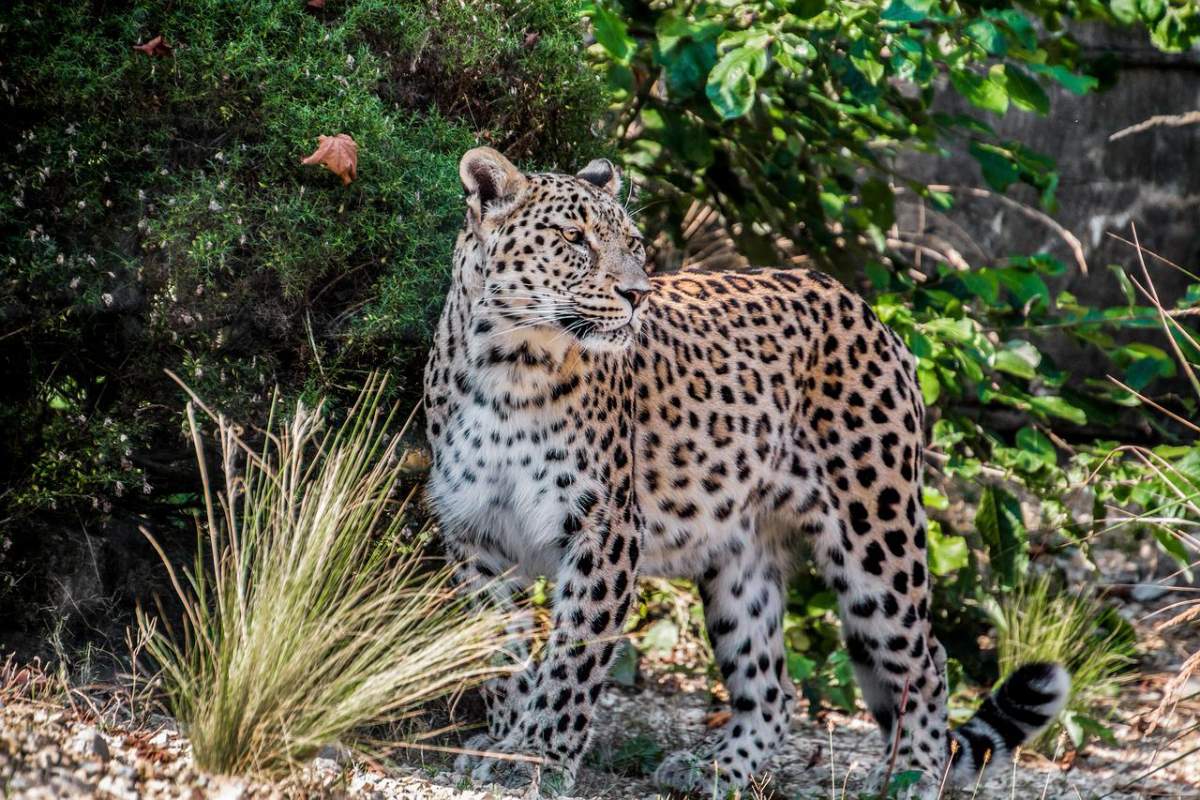
- Name: Persian leopard
- Scientific name: Panthera pardus tulliana
- Conservation status:
Although quite small, there is a Persian leopard population in Iraq, and at least 9 individuals were killed in only 13 years.
Also known as the Caucasian leopard or the Anatolian leopard, this large cat species is native to the Iranian Plateau and other countries such as Turkey, Turkmenistan, Afghanistan, and maybe Pakistan. Since there are fewer than 1,000 mature individuals left in the wild and that they suffer from poaching, they are considered endangered.
2. Bactrian camel
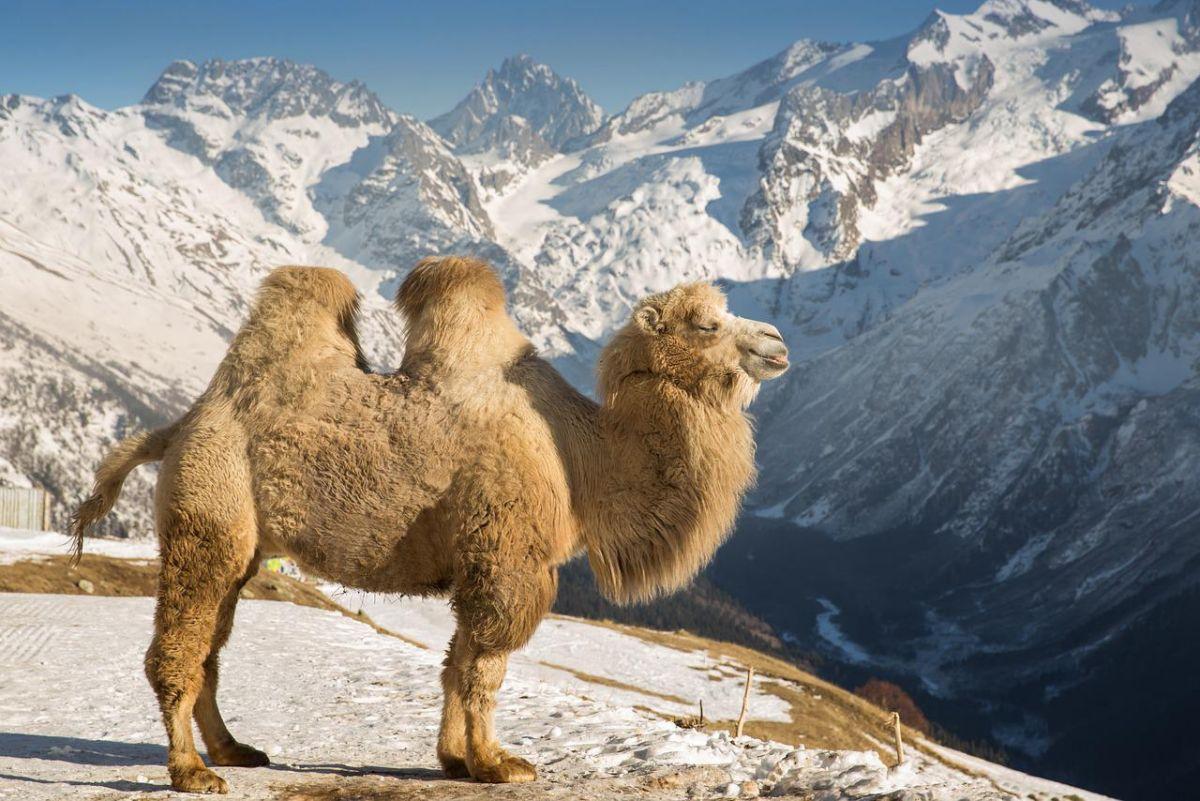
- Name: Bactrian camel
- Scientific name: Camelus bactrianus
- Conservation status:
The Bactrian camel, also known as the Mongolian camel, is a domesticated species of large even-toed ungulate native to Central Asia. Unlike the dromedary camel, it has two humps on its back, and there are about 2 million individuals in the world, almost all of them being domesticated.
This mammal has been used as a pack animal since ancient times. Particularly resilient to drought, cold, and high altitudes, it was the main enabler for the travel of caravans on the Silk Road.
3. Goitered gazelle
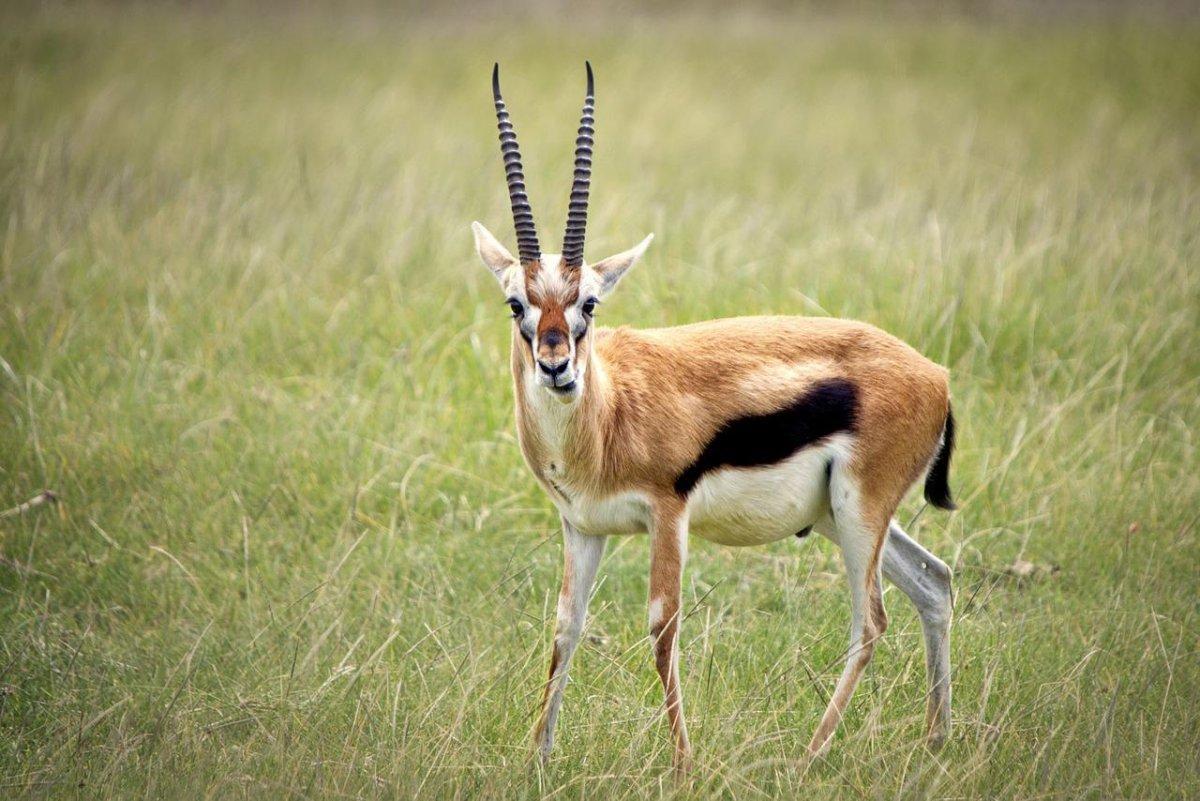
- Name: Goitered gazelle
- Scientific name: Gazella subgutturosa
- Conservation status:
Iraq’s steppes are ideal for gazelles, and it is where the goitered gazelle, also known as the black-tailed gazelle, lives. Outside of Iraq, it can be found in countries such as Kazakhstan, Mongolia, China, Pakistan, and Iran, and its scientific name comes from the characteristic enlargement of the neck and throat of males during the mating season.
This species is polygynous, and its mating usually happens in the early winter. In order to escape potential predators, it runs at high speed without leaping, contrary to many other gazelles.
4. Indian crested porcupine
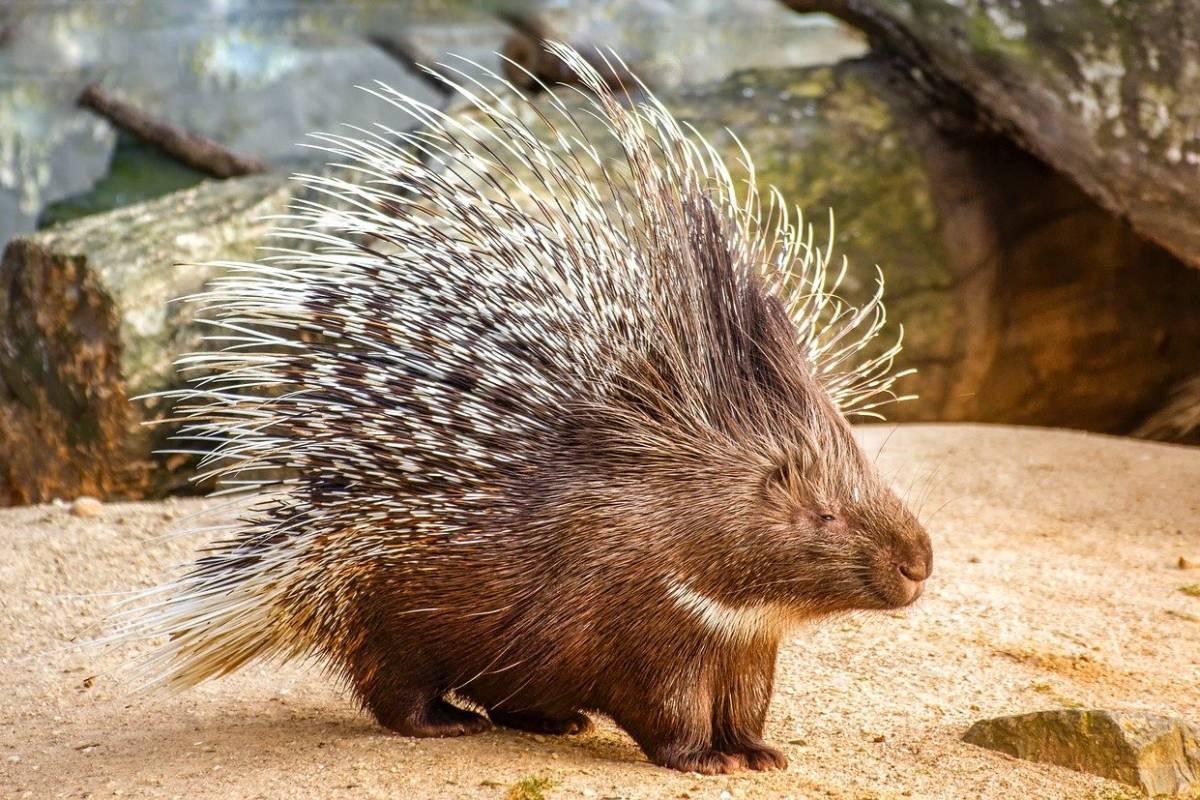
- Name: Indian crested porcupine
- Scientific name: Hystrix indica
- Conservation status:
The Indian crested porcupine is a species of rodent native to the Middle East and southern Asia. It lives on rocky hillsides, but can also be found in temperate and tropical shrublands, as well as plantations, gardens, and forests.
This porcupine has a very broad diet, but is mostly herbivorous: it feeds on roots, grains, fruits, and tubers, as well as small vertebrates and insects. It was also seen chewing on bones to aid quill growth!
5. European hare
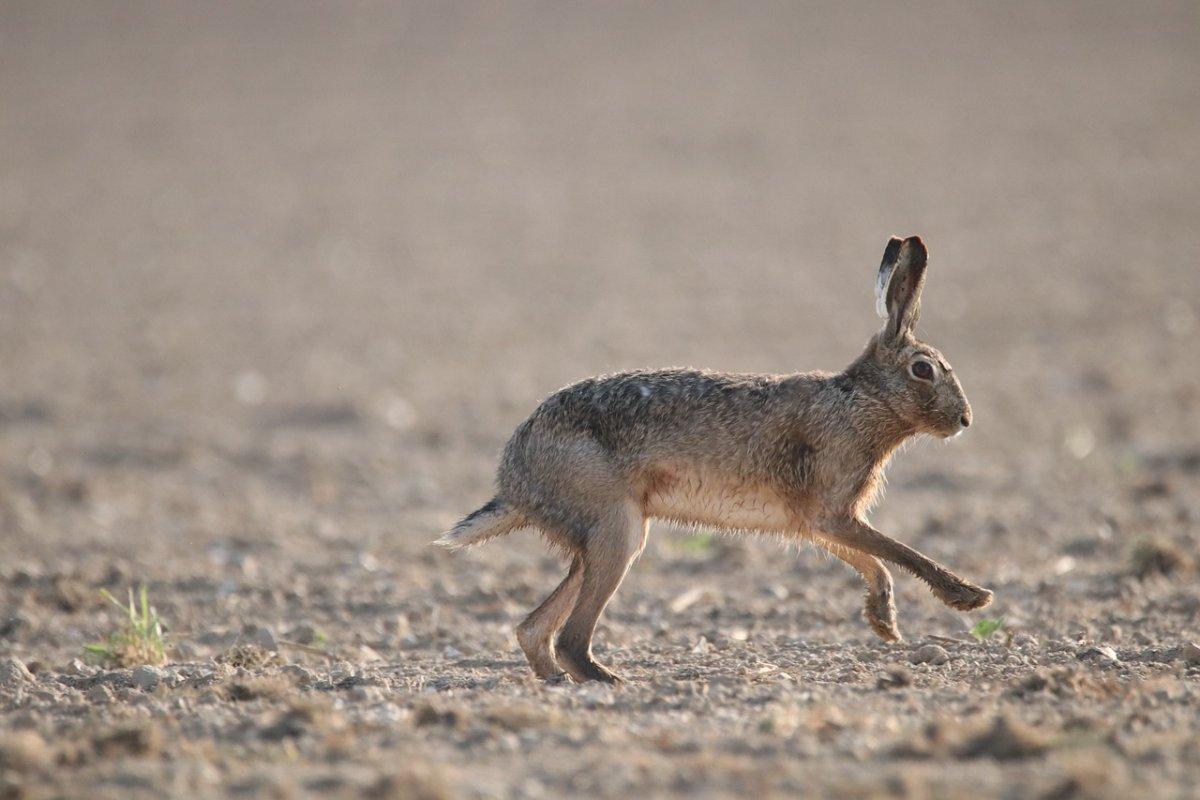
- Name: European hare
- Scientific name: Lepus europaeus
- Conservation status:
The European hare, also known as the brown hare, is a species of hare native to Europe and some parts of Asia. It is one of the largest hares on the planet and is adapted to open country. It is a herbivorous animal that feeds on herbs, grasses, buds, bark, field crops, and twigs, depending on the season.
This hare is shy, alert, and nocturnal, and is therefore quite hard to spot… except if it is spring! Then, it completely changes its behavior and chases one another in the middle of open fields.
6. Wild goat
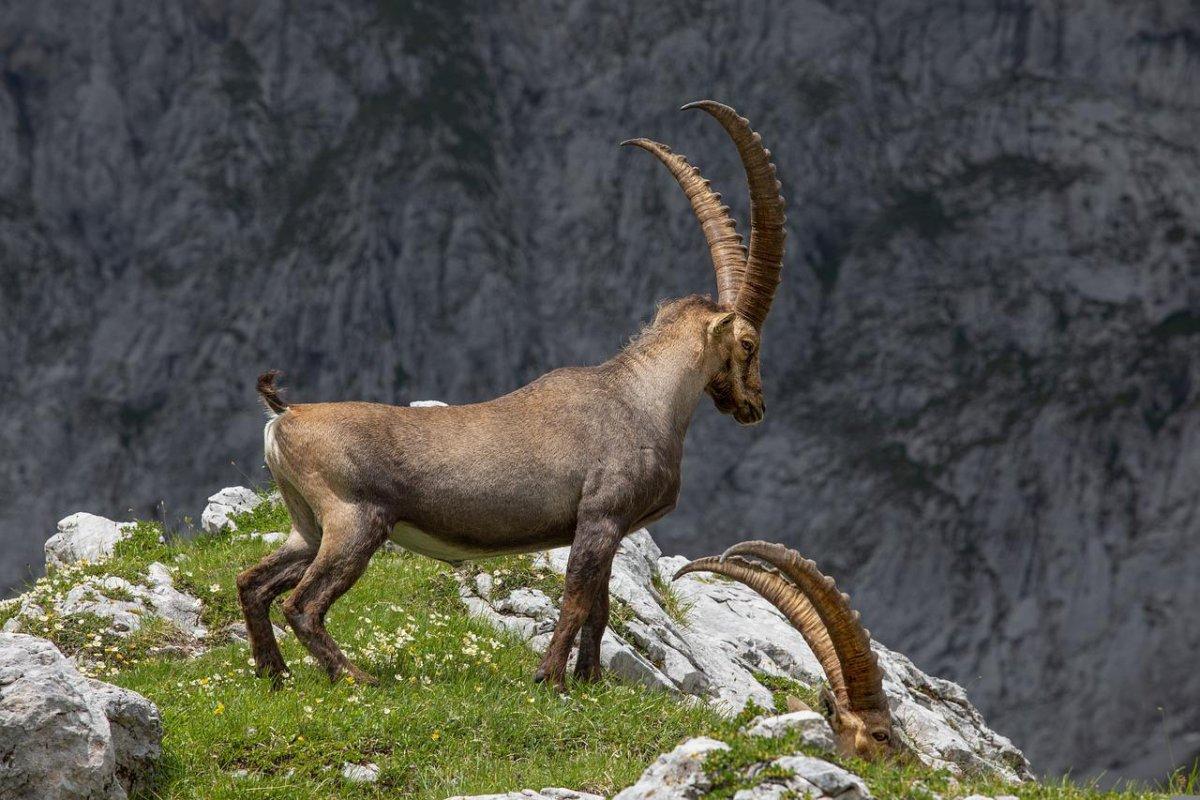
- Name: Wild goat
- Scientific name: Capra aegagrus
- Conservation status:
The wild goat is a species of caprine native to the Caucasus and Turkey, to Afghanistan, and Pakistan, and one of the living ancestors of the domestic goat. The main threats it faces are habitat degradation and destruction, which is why it is considered near threatened.
This mammal gathers in largely variable groups of 2 to 130 individuals: the size varies depending on the season, but the male-to-female ratio stays at 1 for 2.
7. Caucasian squirrel
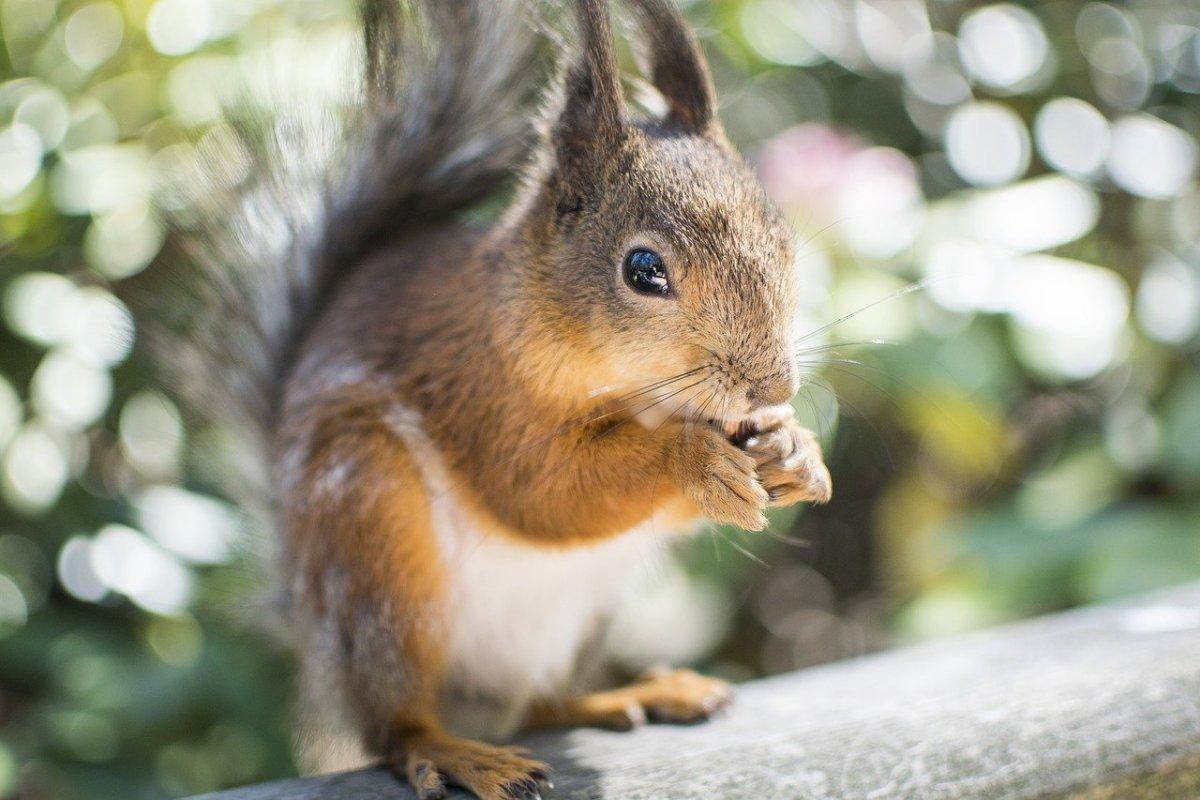
- Name: Caucasian squirrel
- Scientific name: Sciurus anomalus
- Conservation status:
The Caucasian squirrel, also known as the Persian squirrel, is a species of rodent native to southwestern Asia. It lives in the temperate broadleaf and mixed forests and can be found from Turkey in the west to Iran, Israel, and Jordan in the south.
This rodent is diurnal and solitary, but when there is an exceptional quantity of available food, it will form small groups. Although it lives in trees where it makes dens, the Caucasian squirrel spends a lot of its time foraging on the ground and is less arboreal than its European counterparts.
8. Smooth-coated otter
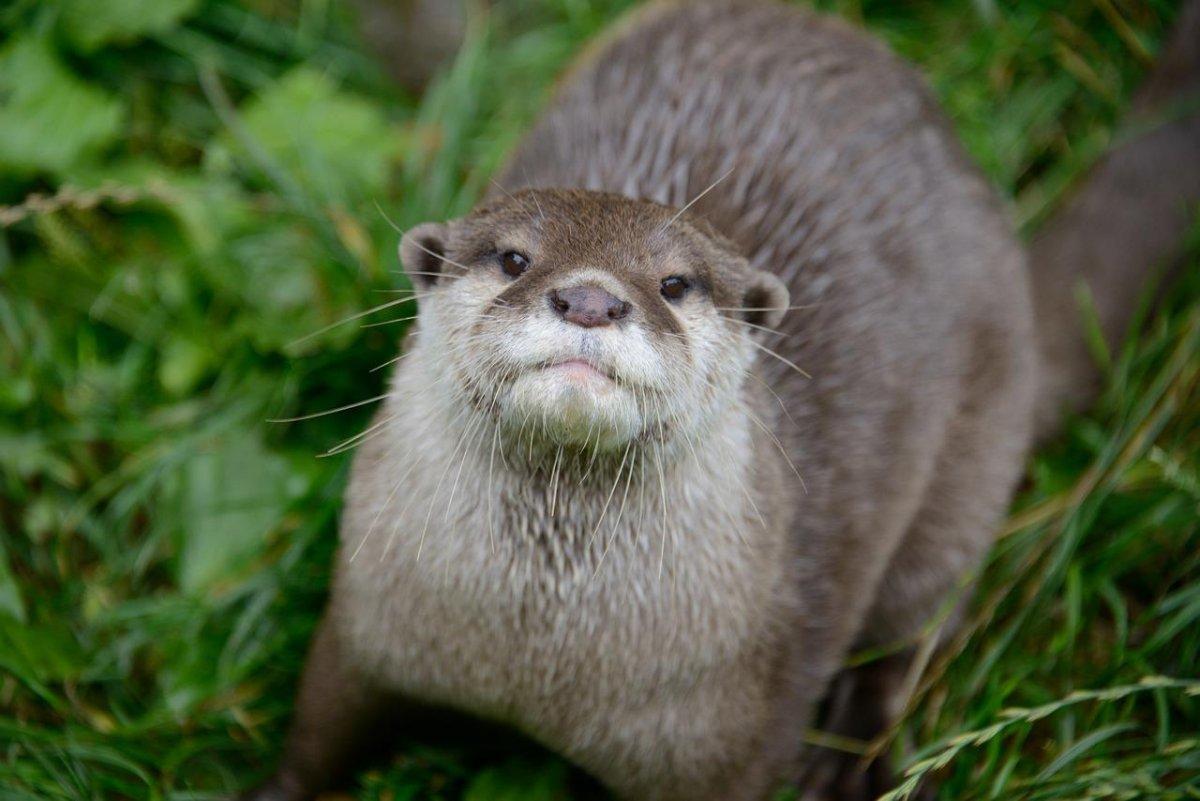
- Name: Smooth-coated otter
- Scientific name: Lutrogale perspicillata
- Conservation status:
The smooth-coated otter is a species of otter native to most of the Indian subcontinent, Southeast Asia and Iraq. It is becoming rarer and rarer in Iraq and is mostly threatened by pollution of wetlands, poaching for the illegal wildlife trade, and habitat loss, which is why it is listed as vulnerable.
This otter species gathers in groups of up to 11 members and rests on sandy riverbanks. It mostly feeds on fish, but also on insects and amphibians.
9. Sand cat
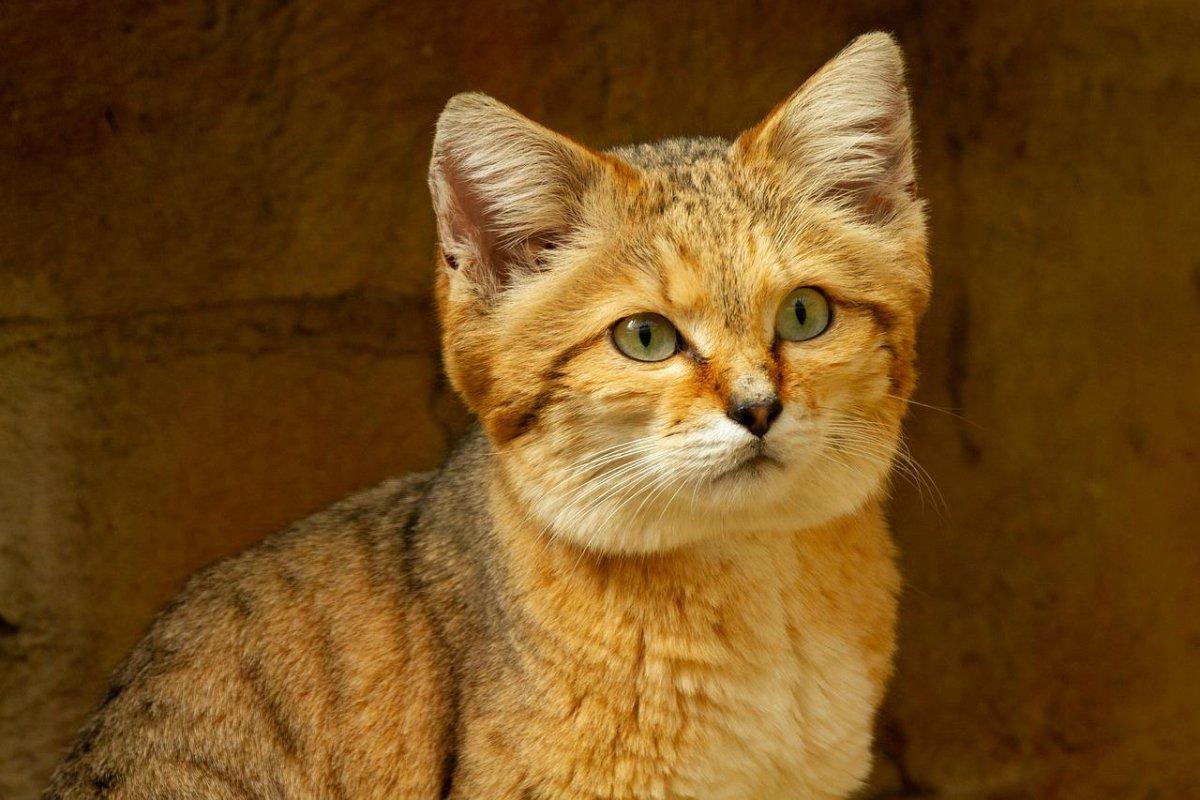
- Name: Sand cat
- Scientific name: Felis margarita
- Conservation status:
The sand cat, also known as the sand dune cast, is a small species of wild cat native to Africa, the Middle East, and western Asia. It inhabits stony and sandy deserts, far from any body of water, and is perfectly camouflaged thanks to its fur.
This cat rests in underground dens during the daytime and hunts at night. Its main preys are birds and small rodents, and, despite its small size, it is known to efficiently kill snakes!
10. Black rat
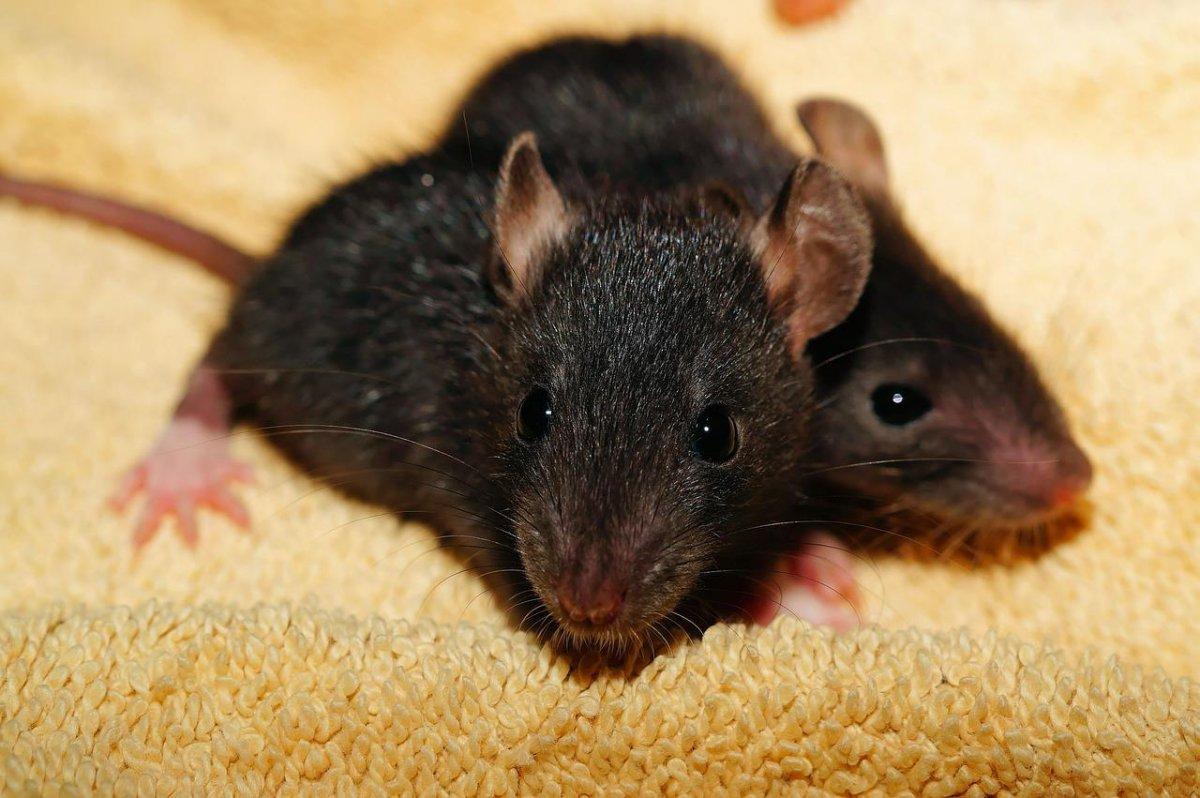
- Name: Black rat
- Scientific name: Rattus rattus
- Conservation status:
The black rat, also known as the ship rat, the roof rat, or the house rat, is a common species of rodent native to the Indian subcontinent. Through ship and caravan transportation as well as the introduction, it very rapidly spread all around the planet.
This rat is an omnivore and one of the worst pests that farmers have to deal with: feeding on almost any agricultural crop, spreading incredibly quickly, and breeding all year round, it is definitely hard to deal with!
11. Eurasian lynx
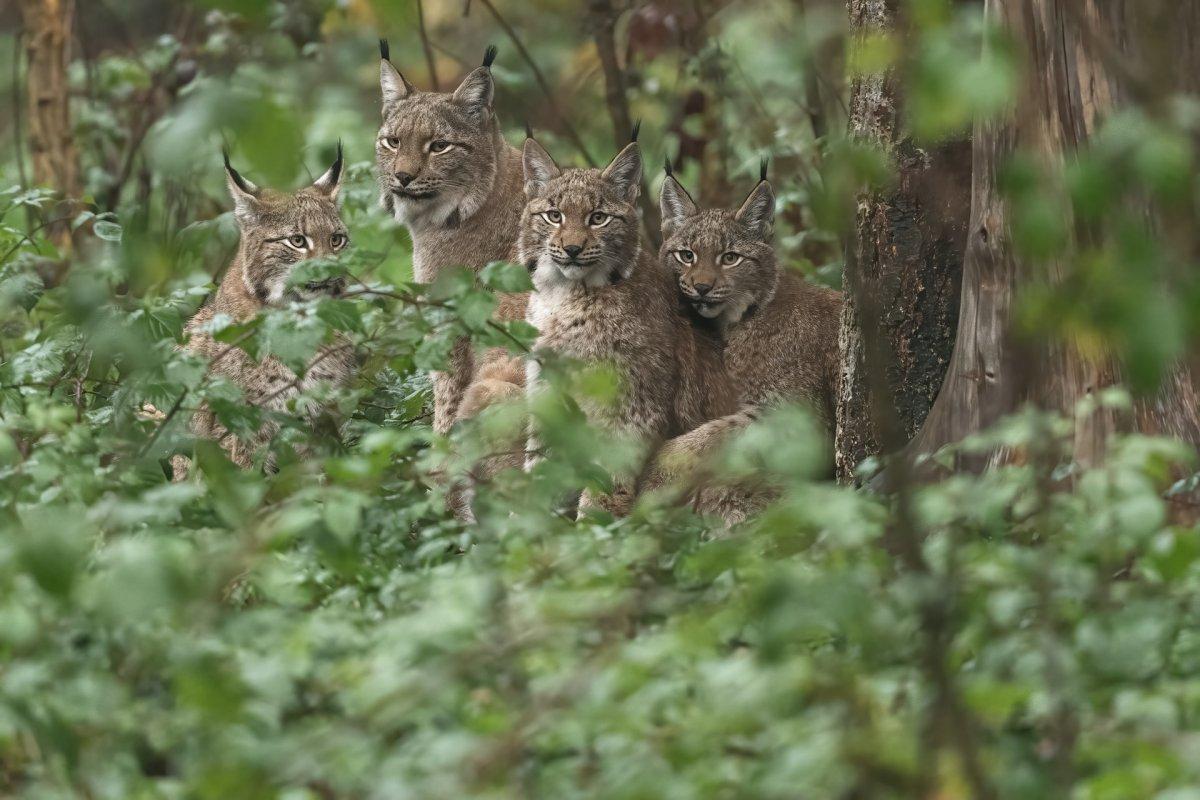
- Name: Eurasian lynx
- Scientific name: Lynx lynx
- Conservation status:
The Eurasian lynx is a medium-sized species of wild cat native to much of Eurasia, from the Iberian Peninsula to the Indian subcontinent and northeastern Russia.
It is a very elusive species that inhabits the heights of the mountains (at up to 5,500 m / 18,000 ft!). Thanks to its very wide distribution, it is considered of least concern but is still seriously threatened by poaching habitat fragmentation and loss and depletion of prey.
12. Risso’s dolphin
- Name: Risso’s dolphin
- Scientific name: Grampus griseus
- Conservation status:
Risso’s dolphin is a species of dolphin native to most coastal waters of the world, except for western Africa. It is closely related to the pygmy killer whale, the melon-headed whale, the false killer whale, and the pilot whale.
While there is no global estimate of the population of Risso’s dolphin, there are more than 175,000 individuals in the eastern Pacific Ocean, 60,000 in the United States, and 85,000 in the western Pacific.
13. Caracal
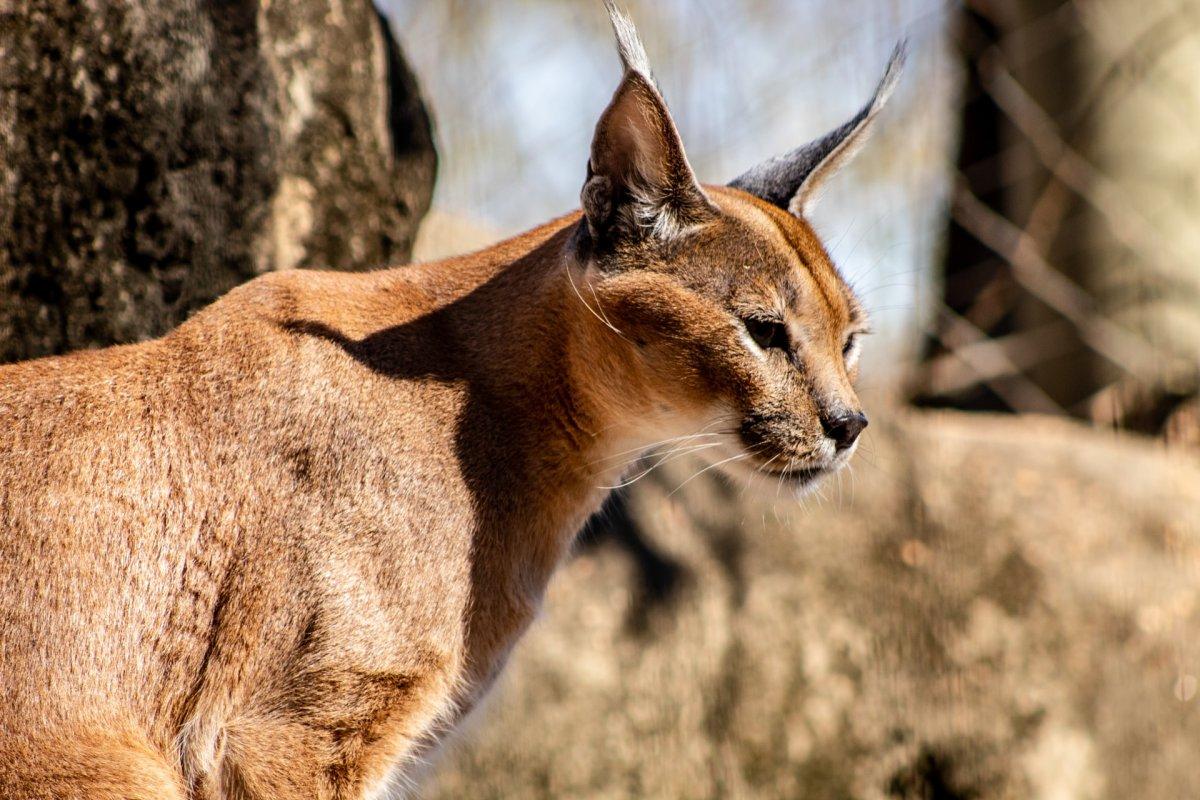
- Name: Caracal
- Scientific name: Caracal caracal
- Conservation status:
The caracal is a medium-sized species of wild cat native to the Middle East, Central Asia, the Indian subcontinent, and Africa. It has long canine teeth, and a reddish tan coat.
This animal is nocturnal and very secretive. Because of this, it is difficult to observe, but we know that it either lives alone or in pairs. It is a great climber, swimmer, and leaper that catches birds in midair, and also feeds on small mammals and rodents.
14. Striped hyena
- Name: Striped hyena
- Scientific name: Hyaena hyaena
- Conservation status:
The striped hyena is a species of hyena native to northern and eastern Africa, the Caucasus, Central Asia, the Indian subcontinent, and the Middle East. Not to be confused with its notorious relative, the laughing hyena, it is considered near threatened because of a population of fewer than 10,000 mature individuals.
This hyena is the smallest of its kind, and is primarily a scavenger; if no carcass is available though, it will not hesitate to hunt its own prey.
15. Syrian brown bear
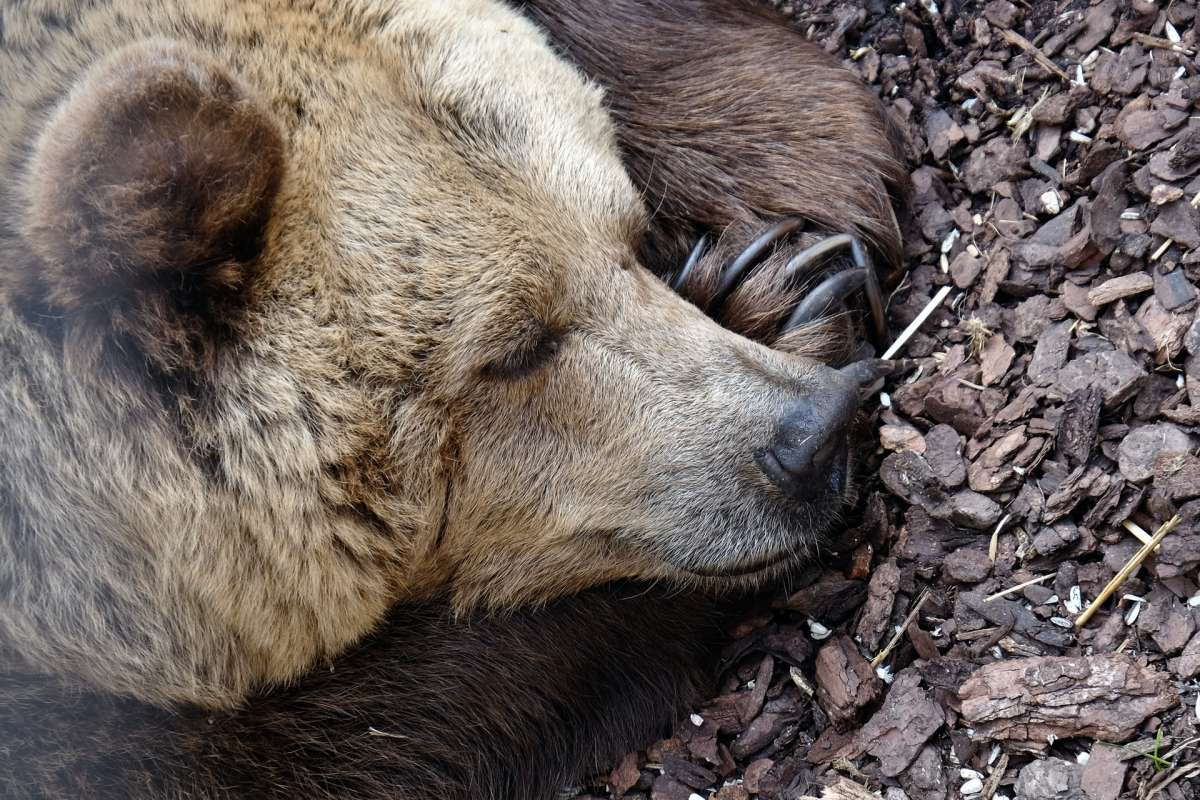
- Name: Syrian brown bear
- Scientific name: Ursus arctos syriacus
- Conservation status:
The Syrian brown bear is a subspecies of the brown bear native to the Caucasus and the Middle East. It has very light brown fur and is the only bear in the world with white claws. While its range used to span from Turkey to Turkmenistan, it is now locally extinct in Jordan and Israel, and can only be found in Iraq, Iran, and Turkey.
This bear is mentioned in the Bible, and its main threats are habitat degradation, persecution for livestock raids, and (illegal) hunting for its fat.
—
So there you have them, these were my 15 animals of the wildlife of Iraq. I hope you enjoyed this list and that you learned something new today.
In case you want to learn more about animals in the country, feel free to keep reading, as I still have lots of things to tell you about:
Endangered Animals of Iraq
This is definitely the saddest part of the list, but it is very important to raise awareness. Because of this, let’s go through the list of endangered animals in Iraq.
Here are the animals in danger of extinction in Iraq.
- None
- Scalloped hammerhead
- Sociable lapwing
- Sand tiger shark
- Slender-billed curlew
- Whitespotted wedgefish
- and 10 more…
- Euphrates softshell turtle
- Gray reef shark
- Steppe eagle
- Whale shark
- Northern bald ibis
- and 21 more…
To see the full list of endangered species in Iraq, head over to the International Union for Conservation of Nature’s Red List.
What is the National Animal of Iraq?
The national animal of Iraq is the chukar partridge.
The chukar partridge, simply known as the chukar or the Chakor, is a species of bird that can be found in parts of temperate Asia and the Middle East. It has characteristic black and white bars on the flanks, as well as a black band running from its forehead to its throat.
It is an important part of mythology, especially in northern India and Pakistan, where it symbolizes intense love.
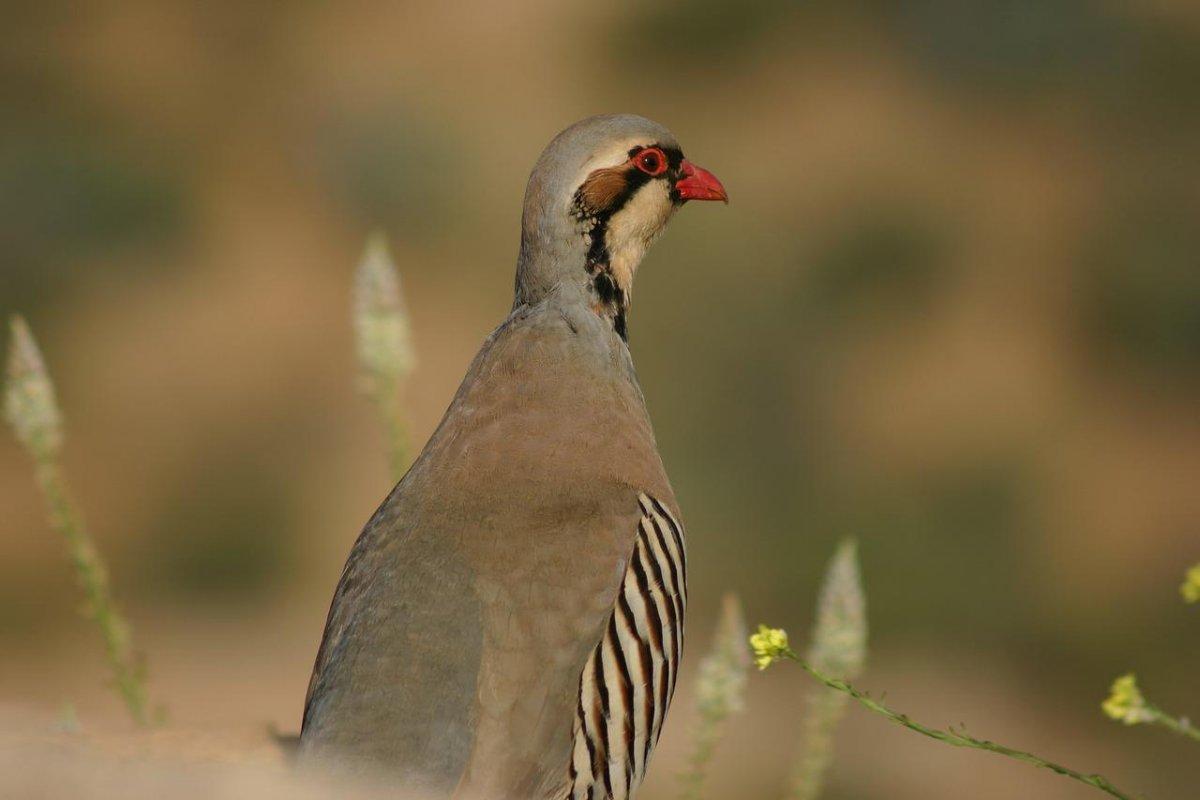
How Many Animals Native to Iraq?
What is the diversity of native animals in Iraq?
Let’s look at the total number of species of Chordata (mammals, birds, fishes, and reptiles).
Total number of animal species in Iraq: 1,044 (5,029 in total in West and Central Asia)
More About Animals in the World!
Loved these Iraq wildlife facts? Want to see what animals live in other countries?
Then check out these posts:
Or click here to see ALL the facts up on the blog! Spoiler alert: there’s A LOT of them.
Share the knowledge! Click on the buttons below to share information about these famous Iraq native animals with your friends, and help them learn more about the world 🙂
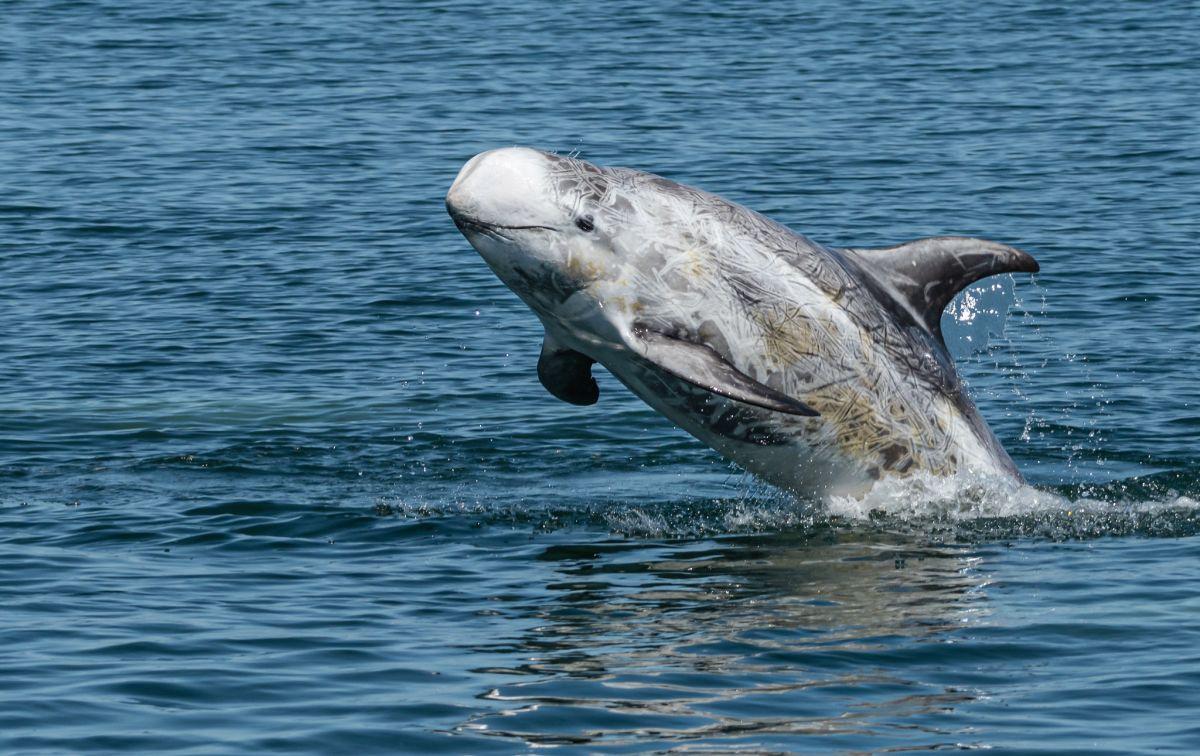
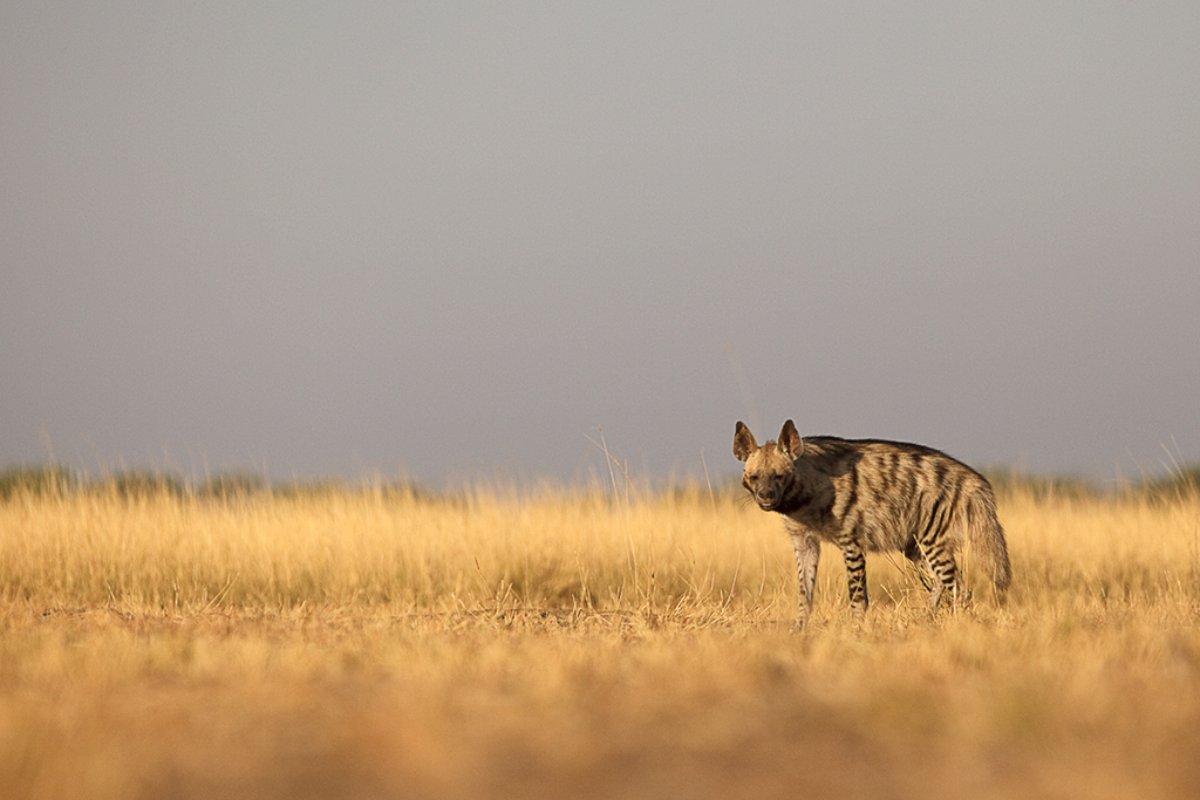

![28 Wild Animals in Botswana [Wildlife in Botswana]](https://www.kevmrc.com/wp-content/uploads/2022/12/28-wild-animals-in-botswana.jpg)
![11 Wild Animals in Dominica [Wildlife in Dominica]](https://www.kevmrc.com/wp-content/uploads/2022/06/11-wild-animals-in-dominica.jpg)
![33 Wild Animals in New Zealand [Wildlife in New Zealand]](https://www.kevmrc.com/wp-content/uploads/2023/01/33-wild-animals-in-new-zealand.jpg)